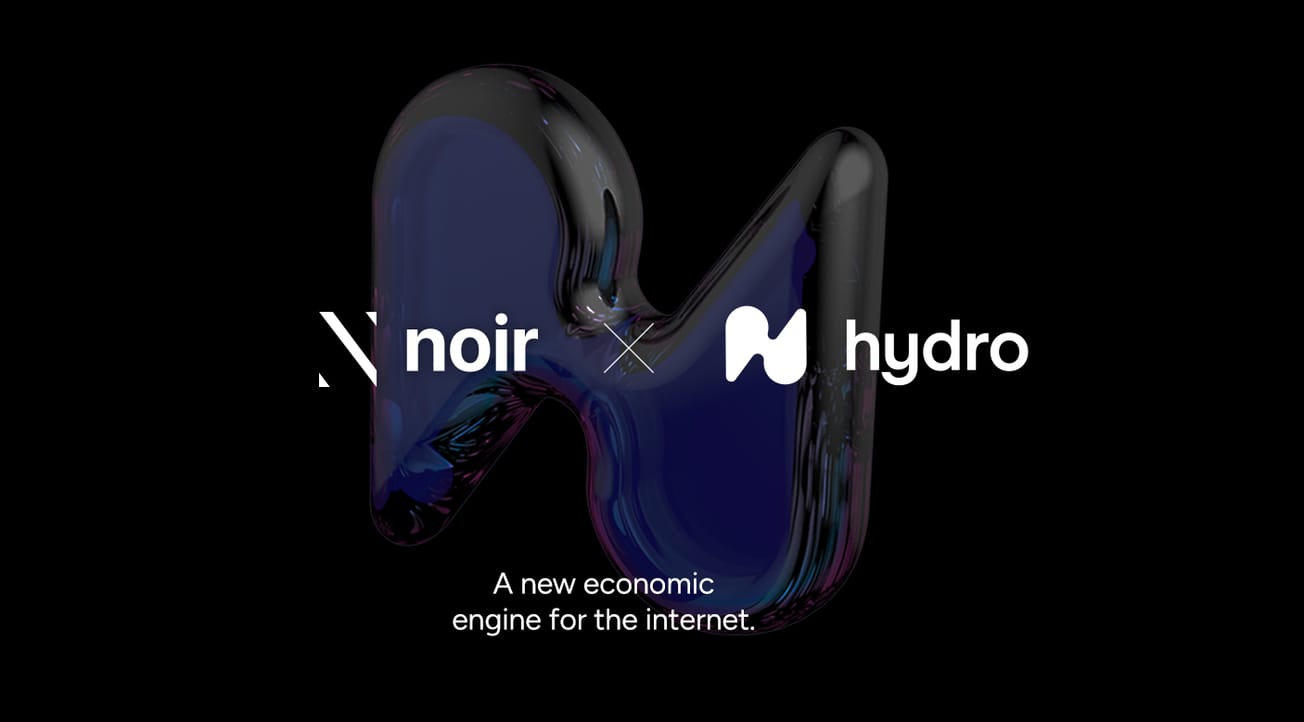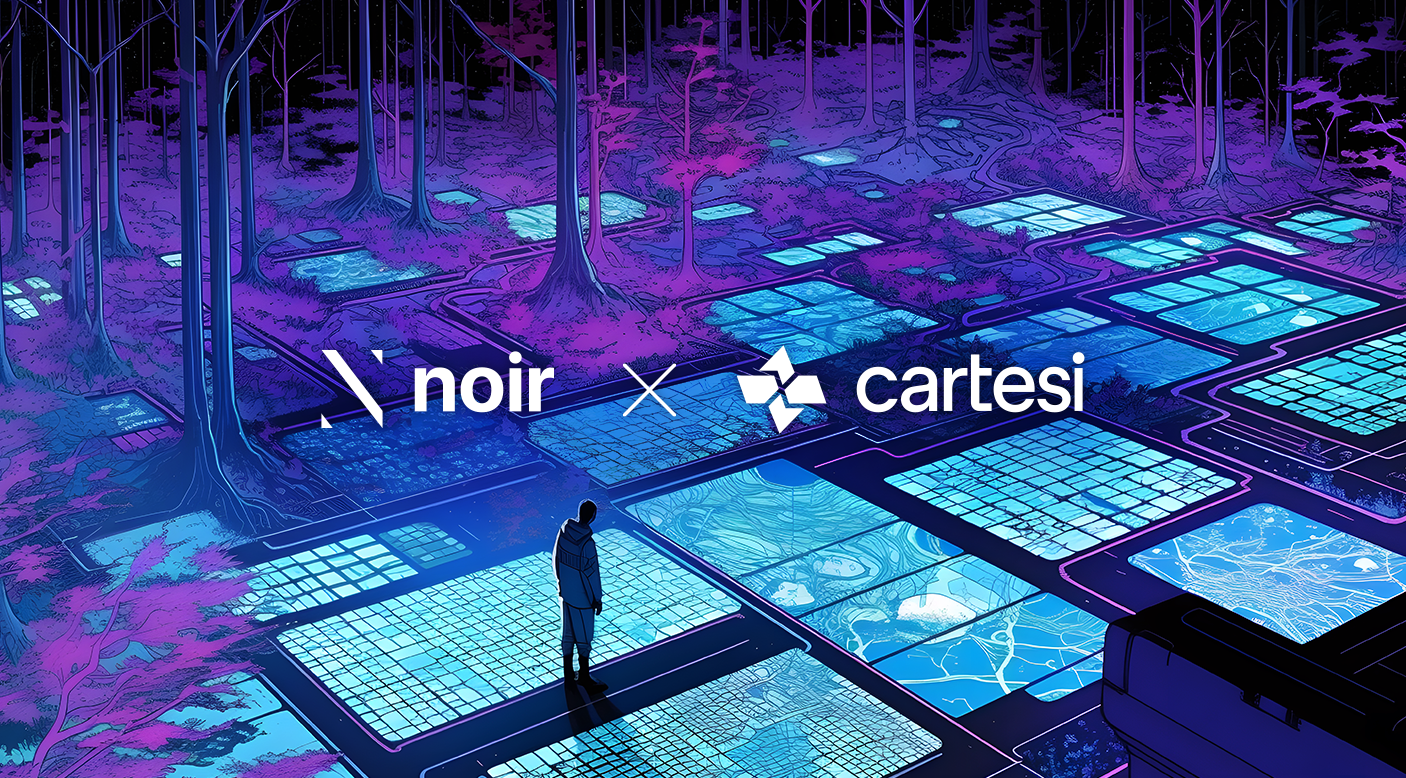Retail giant Lowe’s has broken new ground after unveiling the home improvement industry’s first interactive store “digital twin” at the NVIDIA GTC technology conference.
The virtual store, which leverages the NVIDIA Omniverse Enterprise environment, allows users to visualize and interact with almost all of a store’s digital data via their smartphone. According to Lowe’s, which is aggressively adopting AI-driven technology to streamline operations, such ability will help the company level up logistics and better cater to customers.
“We’re thrilled to pioneer retail digital twins and elevate experiences for both our associates and customers,” said Seemantini Godbole, who serves as Lowe’s executive vice president and also chief digital and information officer. “Through emerging technology, we are always imagining and testing ways to improve store operations and remove friction for our customers.”
A Virtual Clone
The so-called digital twin is essentially a digital clone of a bricks-and-mortar home improvement outlet, combining multiple data points to help associates make continuous store improvements. These data points include spatial locations, product information, heat maps, and order history to create an interactive twin that can be accessed on smartphones, computers and AR headsets.
Built by the company’s Innovation Labs team in collaboration with NVIDIA Omniverse, the digital twin is currently live in two separate locations. The company has also opened up part of its virtual 3D product catalog in a bid to help other businesses apply the technology in a similar way.
“AI and digital twins are revolutionizing the retail experience for associates and customers, from brick-and-mortar stores to online shopping,” enthused Jensen Huang, NVIDIA’s CEO. “Lowe’s, with Omniverse and AI, is pushing the boundaries in shaping this future retail experience.”
One use-case touted by Lowe’s concerns a common challenge for home improvement store employees: accessing higher shelves to view items. Thanks to the virtual replica, coupled with so called AR X-Ray Vision, it could soon be possible for associates to scan higher shelves without scaling a ladder.
Constant Innovation
The Fortune 50 retailer has form for integrating sophisticated software into its operations. Back in 2014, the retailer’s Innovation Labs introduced virtual reality to shoppers via Holoroom, described as “a virtual reality home improvement design and visualization tool that empowers homeowners with an immersive, intuitive experience in the room of their dreams.”
As well as pioneering a mobile application that enables clients to measure, scan and evaluate their projects on-the-go, Lowe’s has previously released an exclusive wearable NFT collection in Decentraland.
The digital twin announcement was made during a conference called ‘Lowes: Fully Digitizing the World of Home Improvement’ featuring Vice President of Lowe’s Innovation Labs Cheryl Friedman and Director of Creative Technology Mason Sheffield.









